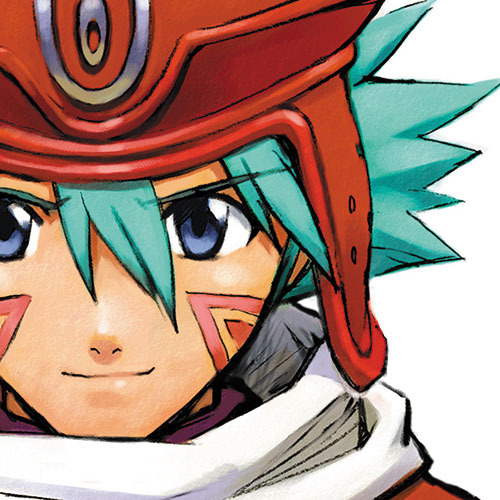PaigeFTW: An Ode to ‘.hack’

These days, it’s all the rage for the kiddies to jump on the game-within-a-game, game-within-a-show trend. Series like Sword Art Online or Log Horizon are fascinated with the idea of being trapped in a virtual world.
But some 13 years ago, .hack was doing it first on PS2.
The plot is pretty standard for the genre now: Players of The World, a fully virtual reality-based MMORPG, find that a select few individuals fall into comas after encountering a mysterious bug within the game. A newbie named Kite decides to investigate after his friend Orca is attacked.
What follows takes four games to resolve (Infection, Mutation, Outbreak and Quarantine; not including related sequels, spinoffs and other entries in the behemoth .hack franchise).
Now, I can’t in good conscience tell you that .hack is especially fun to play. The story is interesting and does mimic a real MMORPG experience effectively, though it goes off the rails into WTF land at certain points and advances at a snail’s pace. The gameplay is just painfully repetitive. I have spent more time in the menu screens than in the actual game. Need a skill during battle? Well, just flip through four different menus first. Then do it again. And again.
But the appeal of the game (and its related anime, manga and spinoff games) is its focus not on the technicalities of virtual worlds and games, but on their psychological effects. How much does the identity you create in a game reflect on who you are in the real world? Is it OK to use gaming as escapism? Can a human truly connect with an AI? How much of the virtual is really “real”?
These are questions that continue to have resonance today as gaming becomes ever more realistic, immersive and connected. And for that, you gotta give .hack its due. It’s been asking them for a long time.
Unfortunately, finding the original .hack games is no easy task today — you won’t find a used copy for a penny under $50.











